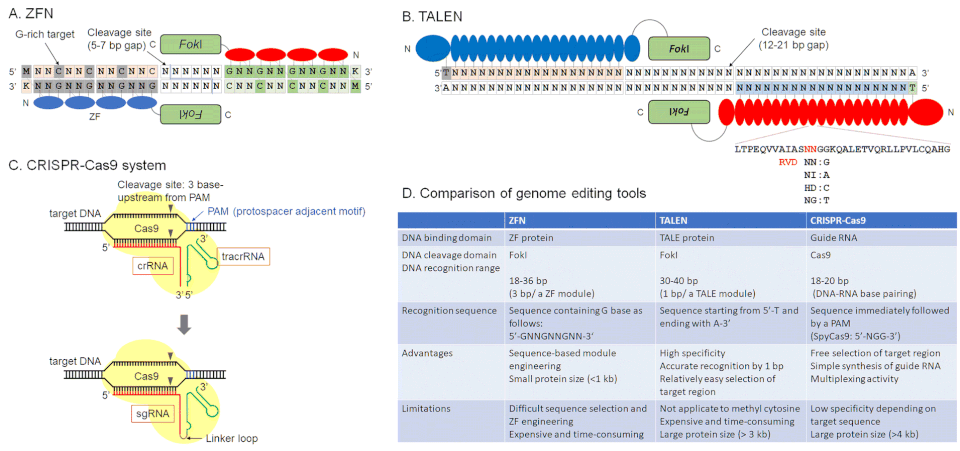Groundbreaking Genome Editing Technique Corrects Rare Brain Mutations in Mice

Recent advancements in genome editing have yielded promising results in correcting gene mutations responsible for an ultra-rare neurological disorder in mice. This pioneering research, primarily conducted by scientists at The Jackson Laboratory (JAX) and the Broad Institute, demonstrates the potential of gene editing to address complex genetic diseases, which has significant implications for future therapeutic strategies aimed at human neurological conditions.
In a study published in *Cell* on July 21, 2025, the research team utilized a cutting-edge technique called prime editing to correct mutations associated with alternating hemiplegia of childhood (AHC), a disorder characterized by sudden episodes of paralysis and developmental delays. According to Dr. Markus Terrey, a neuroscientist at JAX and co-lead author of the study, the ability to rectify mutations directly in the brain of a living organism represents a remarkable scientific achievement. "Five years ago, people would have thought that going into the brain of a living organism and correcting DNA was science fiction. Today, we know this is doable," stated Terrey.
AHC primarily affects children and is caused by mutations in the ATP1A3 gene. The research team focused on the two most prevalent mutations: D801N and E815K. The study involved engineered mouse models that replicatively mimicked the symptoms of AHC, allowing for an effective evaluation of the prime editing technique. Cathleen Lutz, Vice President of the Rare Disease Translational Center at JAX, emphasized the importance of this work, stating, "The idea of correcting mutations in rare diseases before someone ever develops symptoms is compelling."
The significance of this research extends beyond AHC. Nina Frost, founder of the nonprofit RARE Hope, highlighted the broader impact of correcting single-gene disorders, stating, "While the incidence of this disease is very rare, the incidence of monogenic, rare conditions that could be addressed with gene editing is actually a really big number."
In terms of methodology, the researchers delivered the gene-editing components through a single injection of a harmless virus (AAV9) directly into the brain of the mice shortly after birth. This method allowed for the editing tools to reach a large number of neurons effectively. The study reported an impressive 85% correction rate of faulty gene mutations in brain cells, leading to restored protein function, improved motor skills, and reduced seizure incidents.
The findings suggest a transformative potential for gene editing in treating other genetic disorders previously deemed untreatable. Dr. David Liu, a Core Member of the Broad Institute and a co-senior author of the study, remarked that this research opens the door to one day repairing the underlying genetic causes of many neurological disorders.
However, the path forward involves further testing to determine the optimal timing for intervention. Lutz noted that while the current study shows promise, the ultimate goal is to assess the efficacy of gene editing in reversing symptoms once they appear. "If we can show benefit then, that's a whole new level. That would be a major step forward," she added.
Overall, this groundbreaking research illustrates the potential of genome editing technologies to revolutionize the treatment of genetic diseases, particularly in the context of neurological disorders. As scientists continue to refine these techniques, the hope for personalized genetic therapies becomes increasingly tangible, offering new avenues for addressing rare and complex conditions affecting countless individuals worldwide.
### Sources 1. Terrey, M., & Lutz, C. (2025). In vivo prime editing rescues alternating hemiplegia of childhood in mice. *Cell*. DOI: 10.1016/j.cell.2025.06.038. 2. Frost, N. (2025). Founder and President, RARE Hope. 3. Liu, D. (2025). Core Member, Broad Institute. 4. Jackson Laboratory. (2025). Rare Disease Translational Center. 5. Broad Institute. (2025). Reports on gene editing advancements.
Advertisement
Tags
Advertisement





